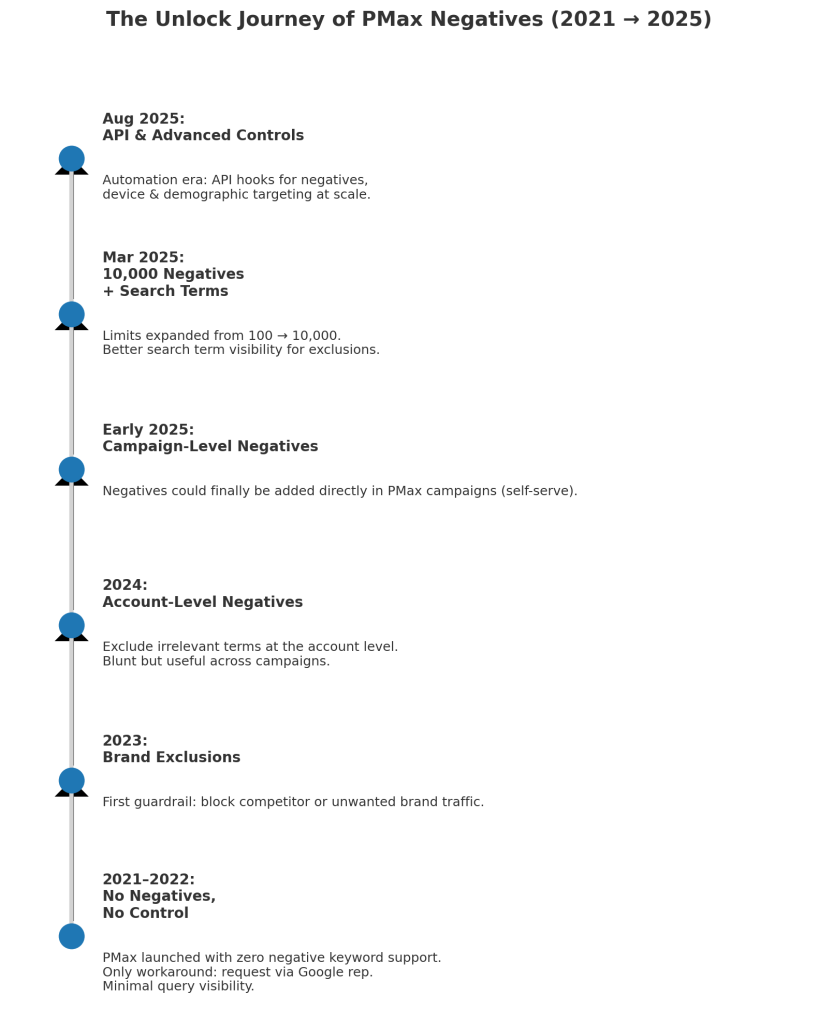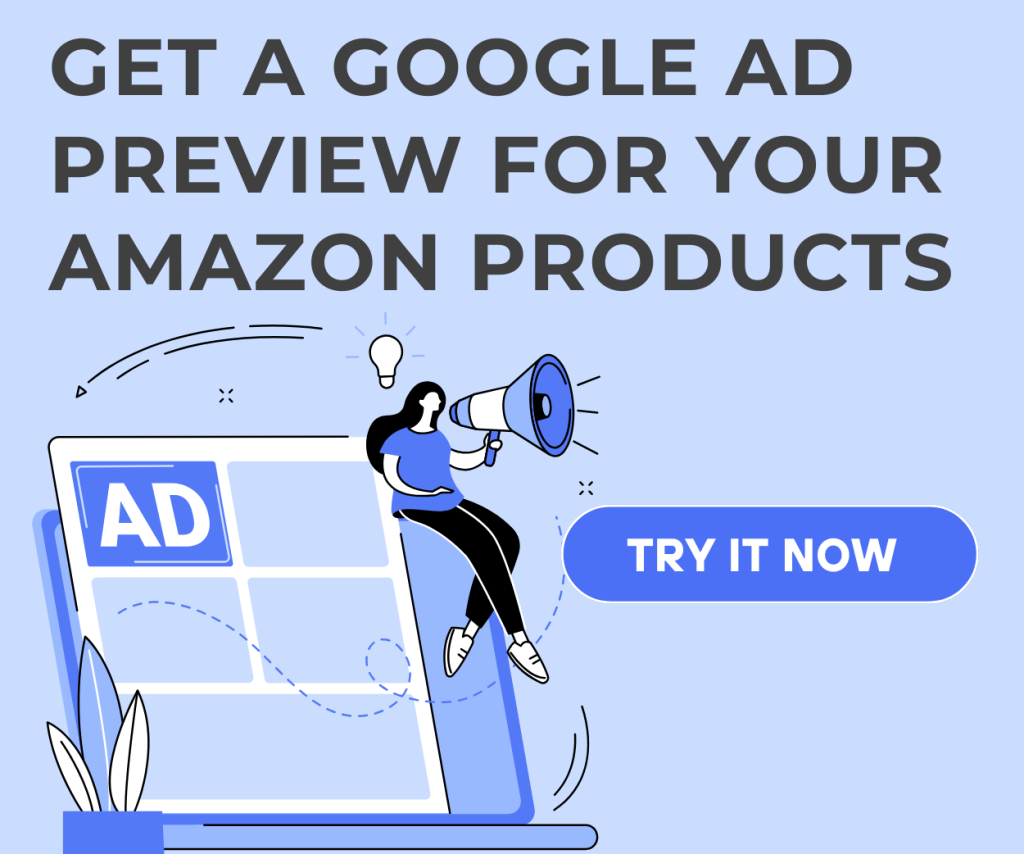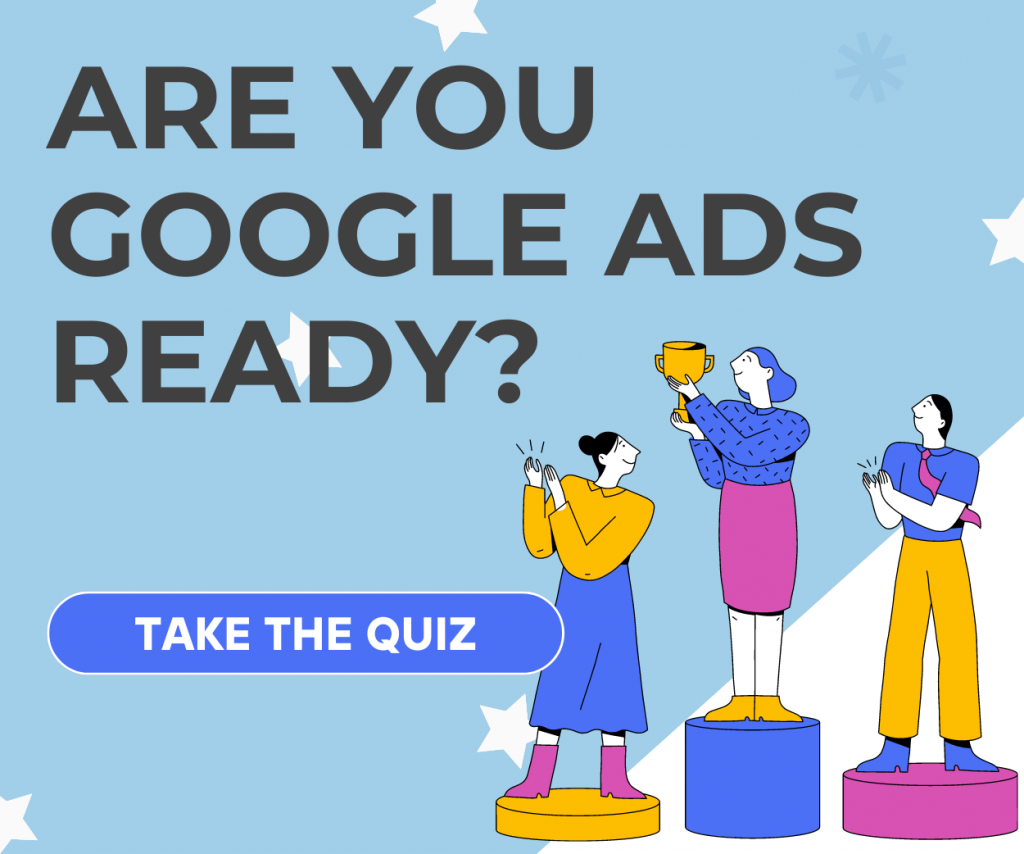Performance Max (PMax) campaigns have become the backbone of Google Ads automation. With CPCs up nearly 13% year-over-year, every wasted click now costs more than ever. In a system driven by Google’s AI, negative keywords have become one of the last — and most powerful — levers advertisers can use to cut waste, protect budgets, and steer campaigns toward profitable outcomes.
Why Negative Keywords Are Critical in PMax?
Unlike Search campaigns, where you choose keywords, PMax uses Google’s AI to find audiences across Search, Shopping, YouTube, Display, and Discover. That flexibility comes with risk: your ads may show up for irrelevant queries, low-intent searches, or placements that don’t align with your goals.
This is where negative keywords act as a safeguard. They help advertisers:
- Eliminate wasted spend on irrelevant or low-value clicks.
- Improve conversion efficiency by steering traffic toward higher-intent queries.
- Protect brand safety by blocking unwanted associations.
- Give AI better signals so it can optimize around the right audience.
Latest Updates in 2025
Google has made progress in addressing advertiser concerns around control in PMax:
- Account-level negative keywords are now fully supported, allowing advertisers to block terms across all campaigns at once.
- Campaign-level negatives are now fully rolled out, letting advertisers add them directly in PMax without rep assistance.
- Shared Negative Lists → Negative keyword lists can now be applied to PMax campaigns, making it easier to manage common exclusions (e.g., “jobs,” “free,” “cheap”) across multiple campaigns.
- Expanded search term insights → Google shows more queries triggering PMax ads, though still not as detailed as standard Search campaigns.
- Brand Exclusions → Dedicated controls to block competitor or unwanted brand terms at scale.
- Raised limits → Campaigns can now include up to 10,000 negative keywords, up from just 100 previously.
These updates matter because they give advertisers more levers to ensure spend efficiency. However, limitations remain.
Challenges Being Faced by Advertisers
By 2024, Google introduced account-level negative keywords and limited campaign-level negatives in PMax. While this was a big step forward, advertisers are still finding negatives hard to manage for a few reasons:
1. Limited Visibility Into Search Queries
- Search term insights have expanded, but you still don’t get the full list of queries like in Standard Search campaigns.
- This means some wasted clicks remain hidden, making negative keyword strategies reactive instead of proactive.
- As one advertiser on Reddit put it: “We’re still fighting blindfolded — I see themes, not the actual wasted clicks.”
2. Channel Inconsistency
- Negatives work well for Search and Shopping queries, but don’t apply consistently across YouTube, Display, and Discover.
- This creates brand-safety and budget challenges when ads appear in irrelevant video or content placements.
3. Overblocking vs. Underblocking
- Without ad group or asset-group level negatives, exclusions apply broadly at the campaign or account level.
- Example: Adding “cheap” to exclude bargain hunters may also block mid-intent queries like “affordable leather shoes” that could convert.
4. Reactive Management & Time Cost
- Even with shared lists, negatives require constant monitoring of search term insights.
- Advertisers risk spending time and budget cleaning up after the fact instead of proactively preventing waste.
5. Lack of Granular Control
You can’t apply list-level negatives the way you can in Search campaigns. Let’s say you’re selling premium leather shoes.
- In Search, you might have:
- Ad group 1: “luxury leather shoes” → negatives: cheap, discount, free.
- Ad group 2: “durable leather work shoes” → negatives: luxury, designer, premium.
So you control the targeting per ad group.
- In PMax, if you add “cheap” as a negative, it blocks that term everywhere across the campaign, not just for luxury shoes. You can’t separate how negatives apply to different asset groups.
Why it matters: Advertisers lose the fine-tuned control they used to have. Everything is broader and less precise in PMax, which can lead to over-blocking (excluding too much) or under-blocking (wasting spend).
What does it imply?
While Google has made progress by introducing negative keywords into PMax, the black-box nature of the campaign type still makes it hard for advertisers to control waste. Tools like Karooya’s Negative Keyword Tool help bridge this gap by:
- Suggesting keyword exclusions based on actual performance signals.
- Highlighting hidden waste that default Google reporting won’t show.
- Allowing advertisers to build systematic negative lists that can be reused across campaigns.
What Advertisers Should Be Cautious About in 2025
- Over-relying on AI: PMax can’t fully understand your business nuances. Use negatives to guide it
- Ignoring negatives at setup: Starting broad without exclusions can lead to budget drain.
- Assuming updates solve everything: Expanded insights help, but you still don’t see 100% of queries.
- Risk of overblocking: Broad negatives can cut off valuable mid-intent traffic.
- False sense of security: Shared lists and limits (10,000) look powerful, but poor upkeep leads to wasted spend.
What’s Next? Looking Ahead
- Deeper negative keyword integration: Expect Google to expand controls due to advertiser demand.
- Better audience exclusion options: Advertisers are pushing for more control over demographics and placements.
- AI-driven negative suggestions: Tools (including third-party ones like Karooya) may begin recommending negatives automatically, based on wasted spend trends.
FAQs on PMax Negative Keywords
Q1: Can I add negative keywords directly to PMax campaigns?
Yes. Since late 2023, Google has enabled native campaign-level negatives without needing Google Support.
Q2: Is there a limit on the number of negatives I can use?
Yes. In 2025, you can add up to 10,000 negatives per campaign.
Q3: Do negative keyword lists work with PMax?
Yes. Shared lists can now be applied across multiple PMax campaigns.
Q4: What’s the difference between brand exclusions and negatives?
Brand exclusions specifically block branded queries, while negatives exclude any keywords you define.
Q5: Do match types (broad, phrase, exact) work in PMax negatives?
Yes, though Google still applies close-variant logic. Phrase and exact negatives behave more predictably.
Q6: How often should I update negatives?
At least once a week — based on search term insights and performance data.
Q7: Should I use both brand exclusions and negatives?
Yes. Negatives block general terms, while brand exclusions handle competitor/brand-specific filtering.
Final Takeaway
In 2025, running PMax without a negative keyword strategy is like sailing without an anchor. Yes, Google has rolled out account-level, campaign-level, and shared negative lists, raised limits to 10,000, and expanded search term insights. But challenges remain — incomplete query visibility, uneven cross-channel application, and the risk of overblocking.
That’s why negative keywords are not just tactical fixes — they’re strategic safeguards. They protect budgets, steer AI, and preserve brand safety in a system that’s still largely a black box.
Advertisers who thrive in this AI-first era will be those who:
- Use negatives consistently, from setup onward.
- Monitor and refine them weekly, not reactively.
- Leverage tools like Karooya’s Negative Keyword Tool to uncover hidden waste, manage exclusions at scale, and protect efficiency.
Using tools like Karooya’s Negative Keyword Tool ensures you:
- Cut wasted spend.
- Protect brand reputation.
- Regain some control in an AI-first ad ecosystem.
Advertisers using Karooya’s Negative Keyword Tool often uncover 10–15% wasted spend hidden in query data that Google doesn’t fully surface. Redirecting that spend directly improves ROAS.
As CPCs rise and automation grows, negatives remain one of the last levers of control advertisers truly own — and those who master them will be best positioned for profitable growth.
Related Links:






Stop the wasted ad spend. Get more conversions from the same ad budget.
Our customers save over $16 Million per year on Google and Amazon Ads.